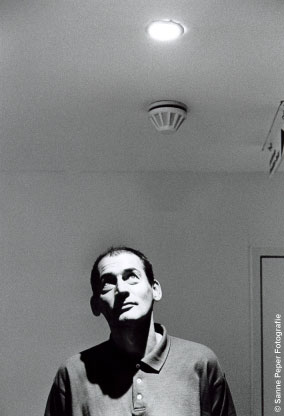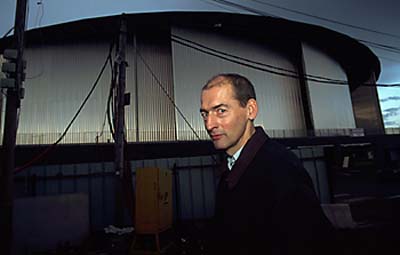Expressionist architecture is a movement from one of the branches of Post-modernism, which is developed in Northern Europe during the first decades of the 20th century. The expressionist architecture is an architecture that uses the form of a building as a means to express the inner sensitivities and feelings of the viewer or architect.
From the lecture about the expressionism, one of the expressionist architects that really interested me is Zaha hadid. She is one of the most prestigious architects nowadays. Her style is boldly contemporary, organic and innovative. She pushes design through new technology and materials and never does ordinary.
The JS Bach chamber music hall Manchester in Manchester is one of her expressive work. It is designed for Johann Sebastian Bach’s house solo performances. The aim for this music hall is to create a near-perfect environment for the audience to experience some of the world’s most beautiful chamber music. She designed a voluminous ribbon swirls within the room, carving out a spatial and visual response to the intricate relationship of Bach’s harmonies. The ribbon careens above the performer, cascades into the ground and wraps around the audience. From the box; original room, to a fluid spaces that merging the ceiling, wall and ground together. I really like the idea of creating the ribbon around the room to create the sound of music in visual form. The audience can feel the sound from Bach’s harmonies with the flow of the ribbon itself.
"A single continuous ribbon of fabric swirls around itself, creating layered spaces to cocoon the performers and audience with in an intimate fluid space." said architect Hadid














